
(Overearth / Shutterstock.com)
自13世纪以来,咖啡饮酒已经存在,这是人们开始烤豆子并像今天仍然一样消耗它。到了18世纪后期,咖啡已成为全球饮品,现在,全球每天经历大约225亿杯咖啡。这是很多咖啡!根据PBS,这是第二个most valued commodity这在世界上具有法律交易。
Its popularity cannot be disputed. At the same time, different cultures and regionsprepare the drink differentlyand havediverse customs and ritualswhen it comes to its consumption. These are some of the fascinating traditions and ways people prepare their coffee.
墨西哥
墨西哥是世界上最大的咖啡生产商之一,产生了大约60%的世界咖啡,从而揭示了博客Solisutensils company. The traditional dark roasted coffee is calledCafe de Olla.并在泥罐中供应。当地人通常加入原来的棕榈蔗糖,可可,有时是肉桂的棍棒,以额外味道。饮料,解释说Newsweek, was originally brewed during the times of the Mexican Revolution starting four years before the First World War, with the goal of lifting the soldiers’ mood and spirits.
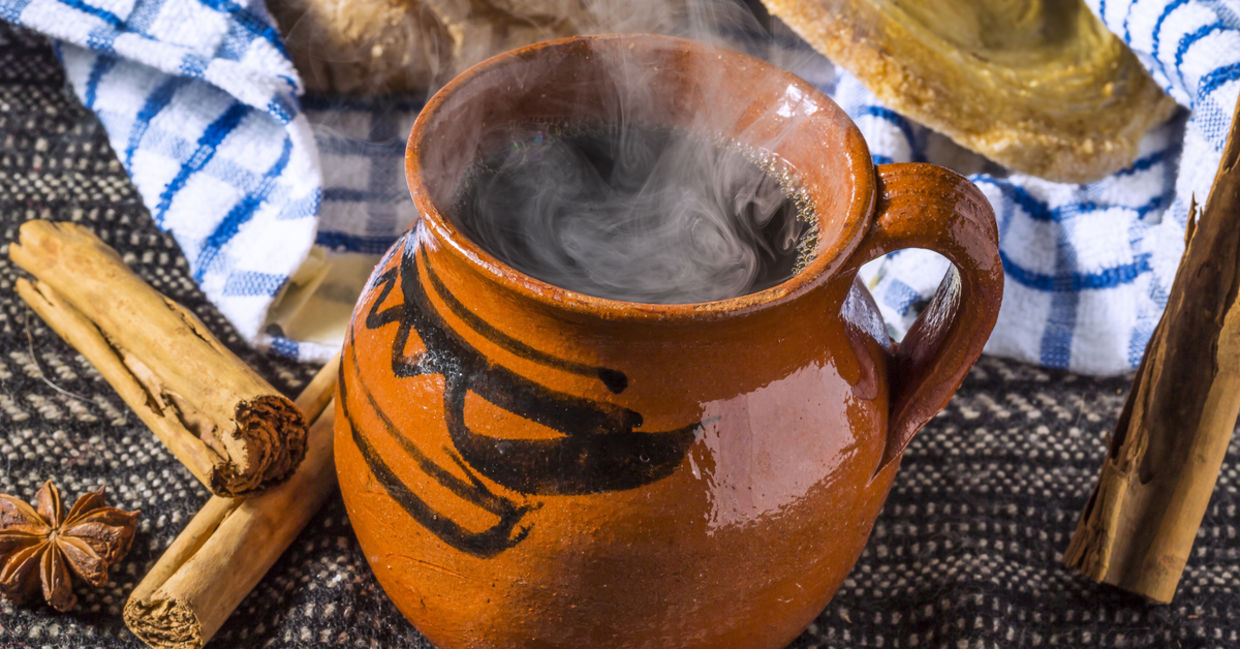
(Mauricio Avramow / Shutterstock.com)
Italy
In Italy, coffee culture has been around since way back in the 1500s, saysItaly Foodies, anItalian foodblog, and is an important part of its lifestyle. Italians love taking coffee breaks during the day, and it is understood that drinking this beverage is a social event; it’s a time for friends, family and even strangers to talk, spend time together and relax.
Here, it is usually consumed as an espresso, drunk while standing for a few short minutes by the bar in small glasses. And although there are many types of Italian coffees, choosing other types of orders, such as an Americano or a Cappuccino is frowned upon, as they are considered too heavy and harmful for digestion, especially in the afternoon hours. Tourists, though, can definitely get away with it.
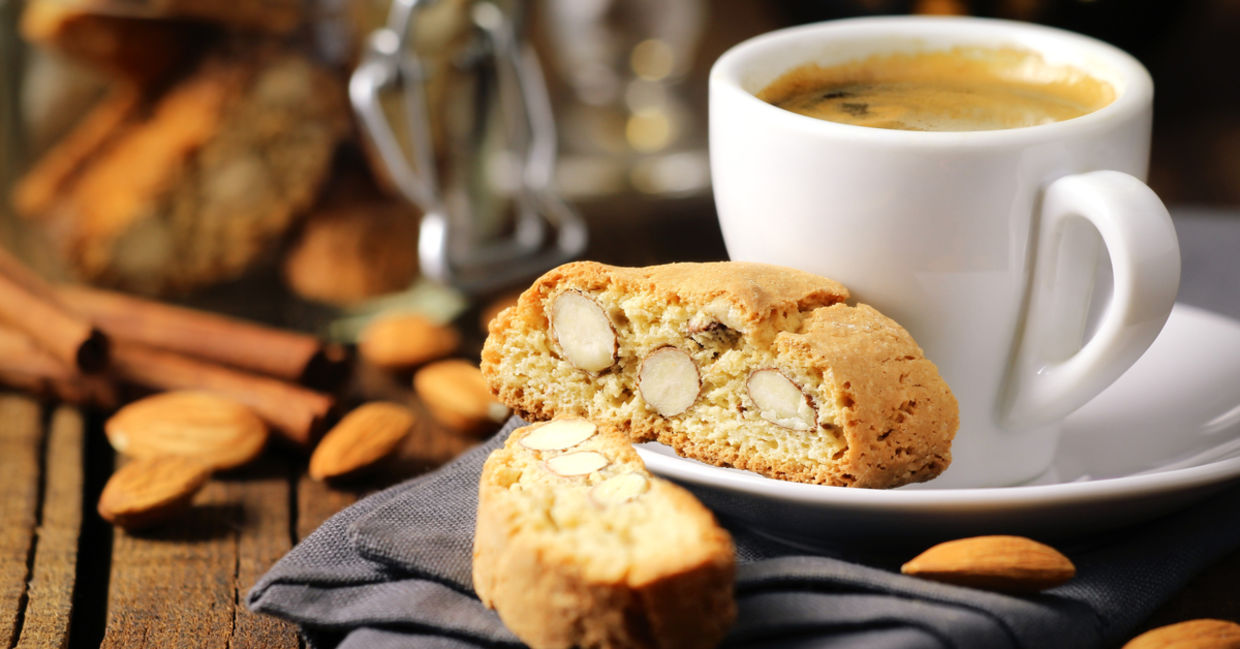
(kuvona / Shutterstock.com)
Finland
The infatuation that the people of Finland have with coffee is well known. The country even has a startup that upcycles coffee grounds to makesneakers!直到最近,芬兰是世界上最大的consumer of coffee per capita, losing its place and becoming second to the Netherlands in 2020. A study conducted by统计在那一年中,每个芬兰人每年消耗一个17磅咖啡,引用了Coffee and Affectionblog.
Finland’s people average 8-9 cups of coffee per day, which include hot as well as cold brews. The drink is used in cakes and other sweets and recipes as well. Small coffee shops can be found all over the country, and social gatherings and events aren’t complete without this drink.
Although most coffee is enjoyed the old fashioned way and made with drip coffee makers, they also love theScandinaviankaffeost, which adds cheese to the coffee. Really. It is prepared by pouring coffee over a piece of dried cheese, describesNewsweek, which soaks in the brew and allows it to become creamy.
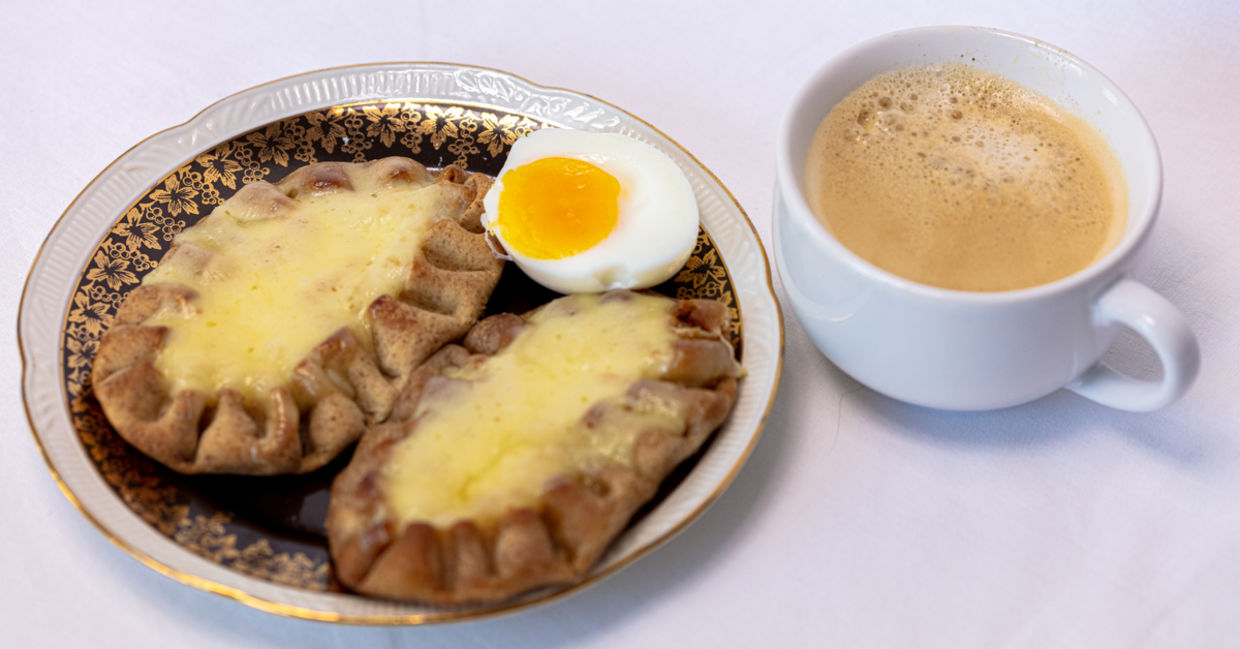
(Marina Vassileva / Shutterstock.com)
Cuba
热,苦,强,短。这就是古巴人喜欢他们的咖啡,报道Havana Times。Before the coffee pot was invented, it was filtered with sugar using a type of funnel made out of fabric. These days, coffee is filtered without sugar using more modern methods.
Cuba is an island where thecoffee culture深深地富裕。它到处都是。虽然古巴人对速溶咖啡,卡布奇诺咖啡或Decaf非常感兴趣,但是他们想要真正的交易,un cafecitowill most likely be offered to anyone visiting their friend, no matter the hour of day or night.
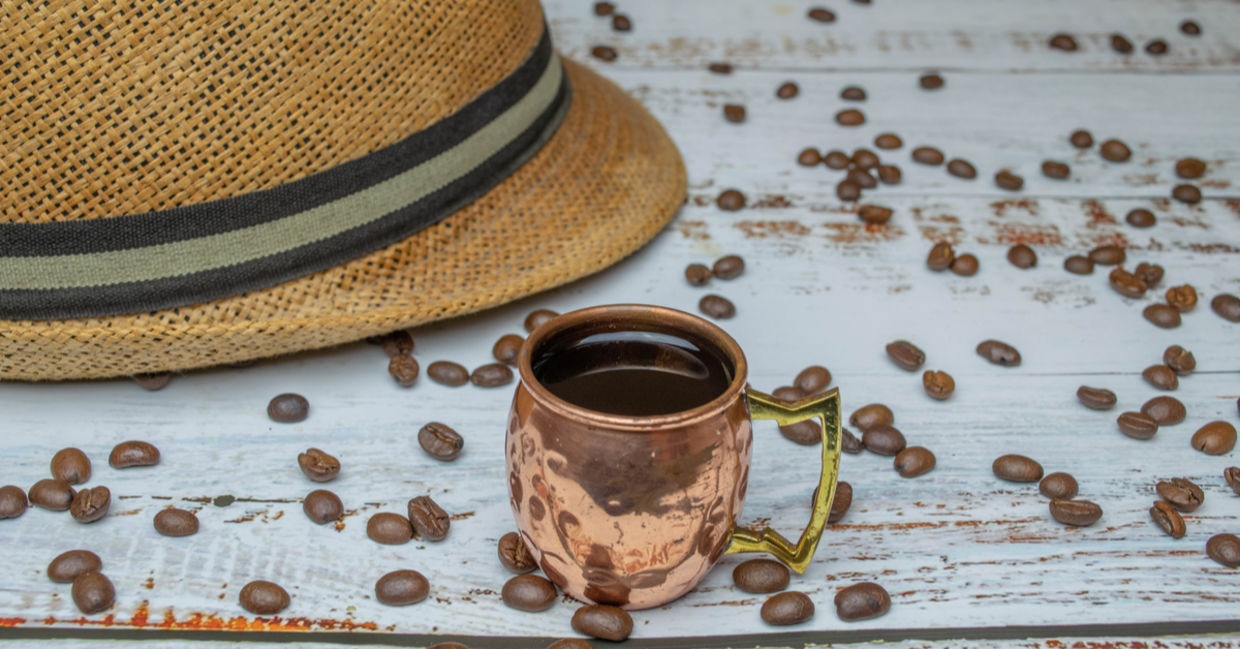
(CESAR FERNANDEZ Dominguez / Shutterstock.com)
Ethiopia
In Ethiopia, there are actual coffee ceremonies, explains theIndian Express。由年轻女性穿着传统的埃塞俄比亚服装,这些传统活动持续了几个小时an important part of the country's culture and social life。
In a country that’s the birthplace of the arabica coffee plant, and that has declared the beverage to be its national drink, the women roast coffee beans in a pan over a charcoal oven, grind the beans and then stir the ground coffee in a special clay pot calledjebena。Per their tradition, once the coffee is ready to be drunk and served, the youngest child brings the first cup of coffee to the eldest person present, which ends the ceremony.
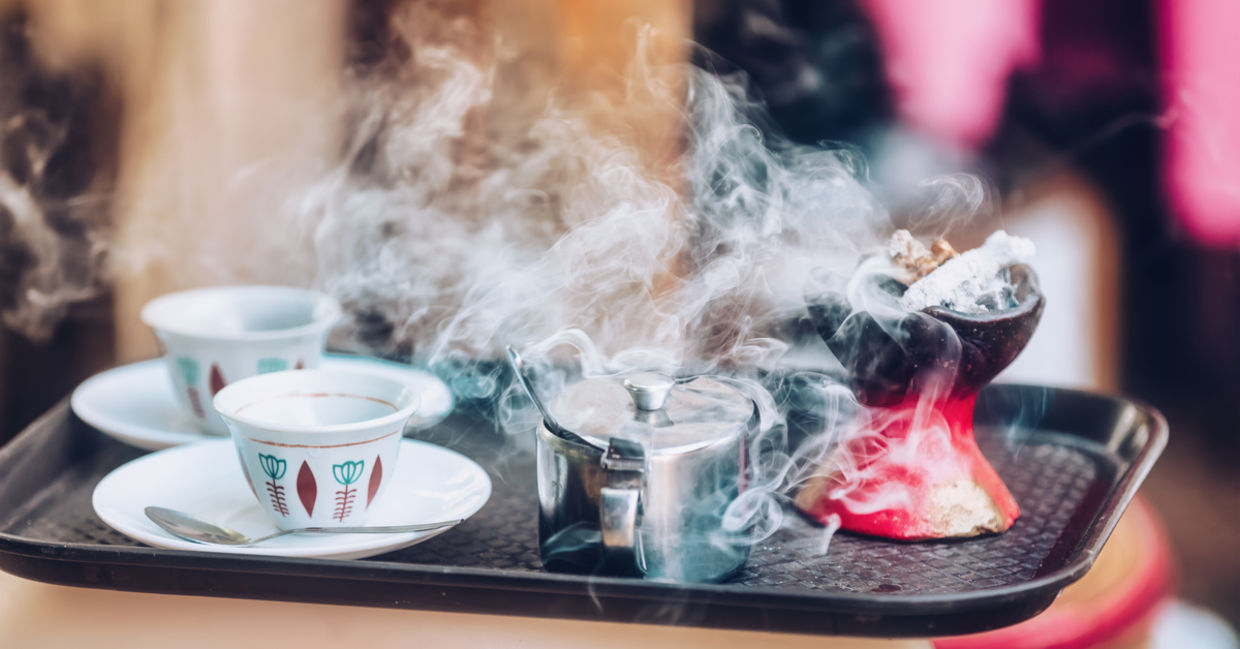
(Artush / Shutterstock.com)







